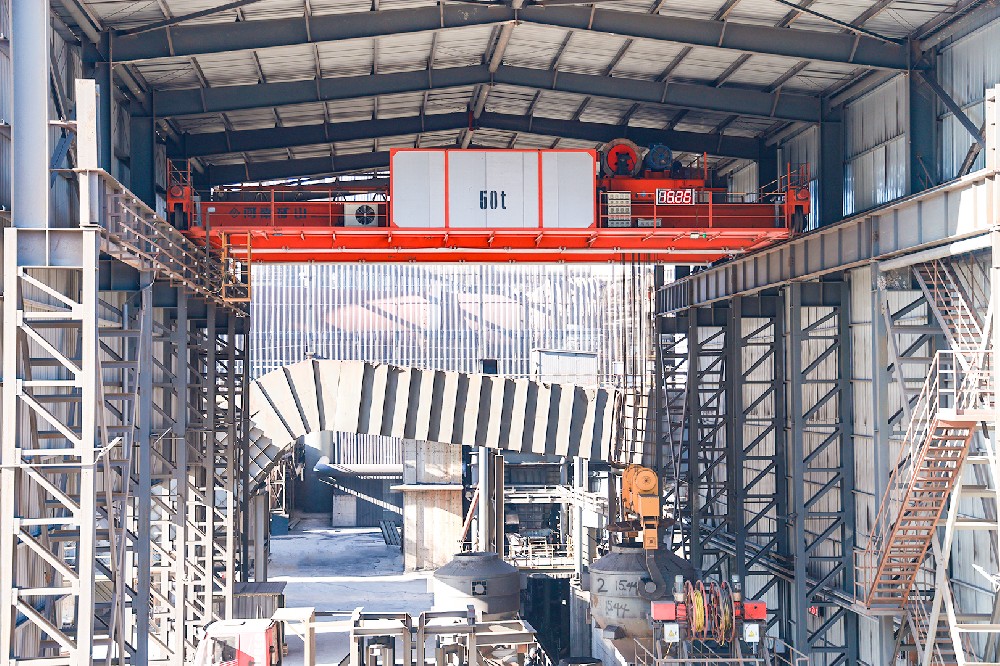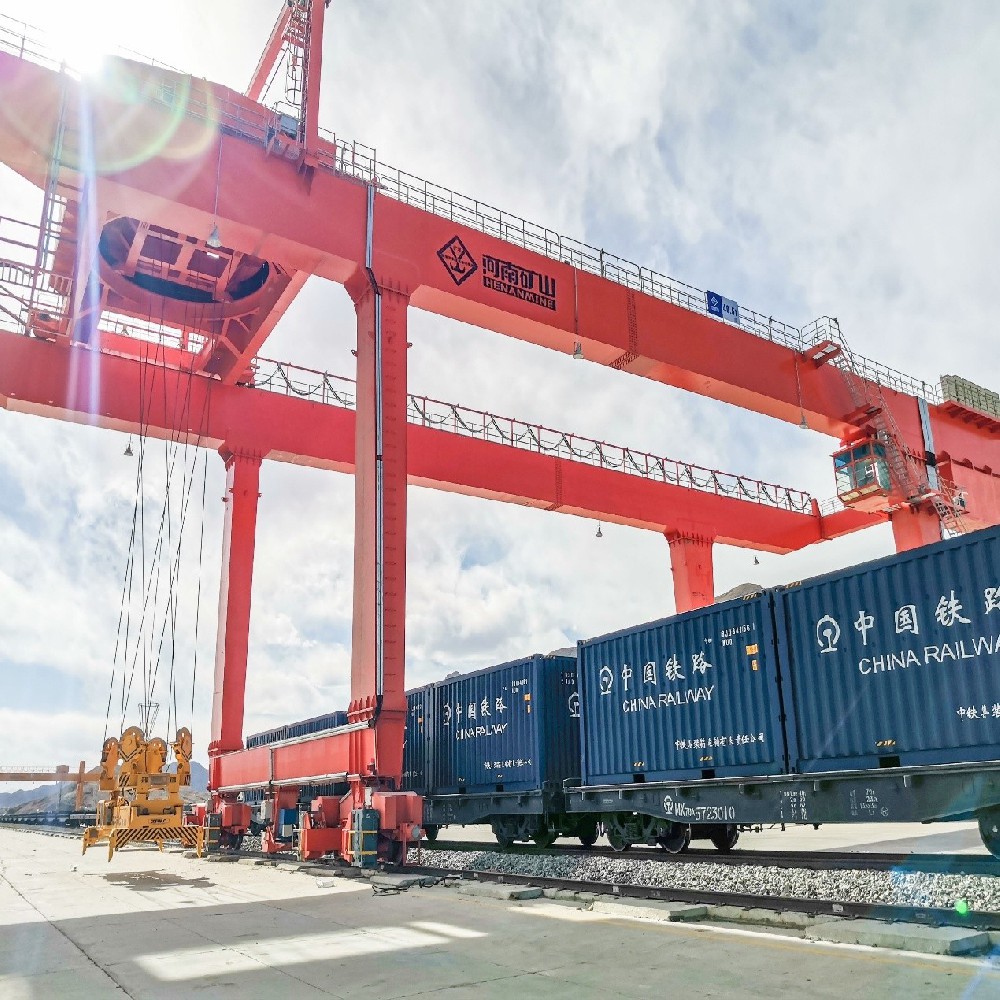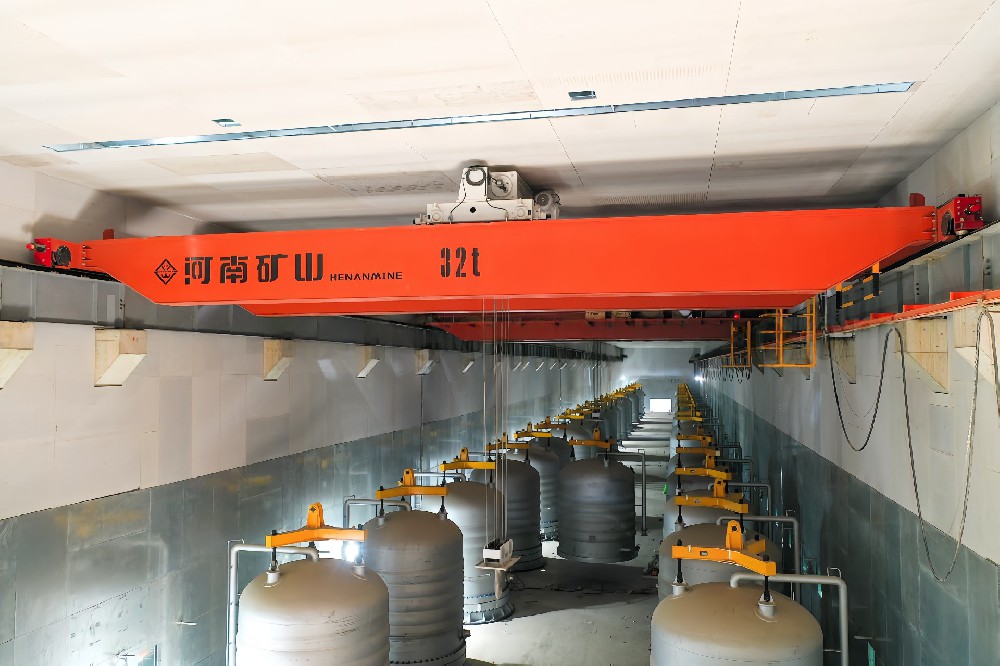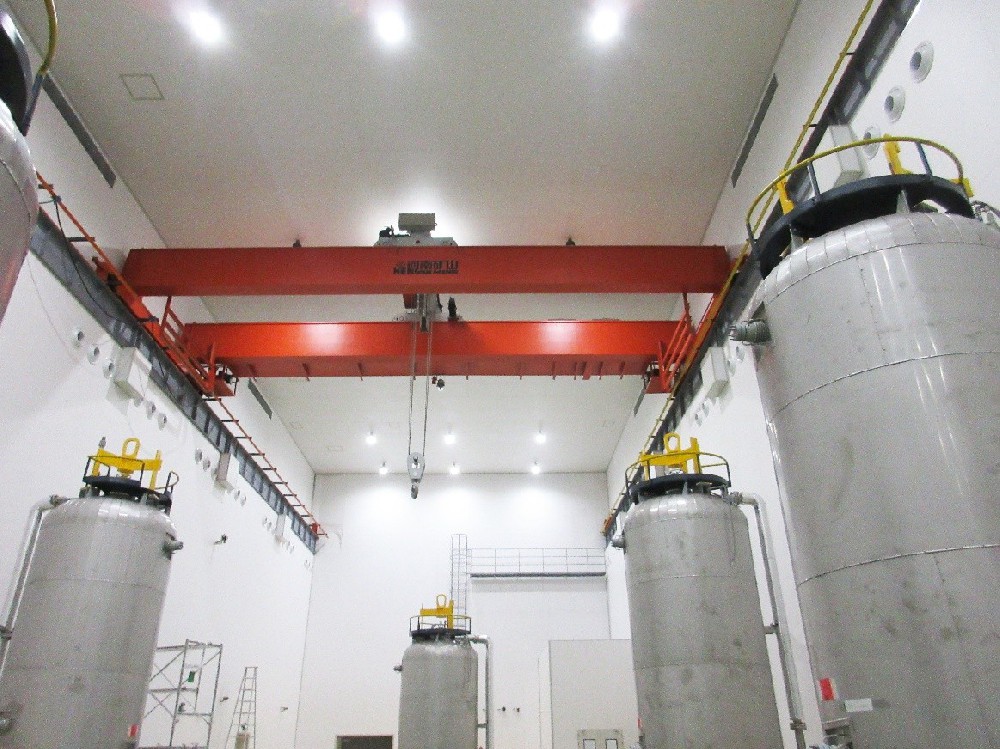- Overhead Gantry vs Gantry Crane
-
ran Zi:2025-10-28 09:18:05ed b:
Overhead Gantry vs Gantry Crane
Introduction
These days, cranes are really important for handling heavy materials. You see them all over the place, like in manufacturing, warehousing, logistics, ports and transportation. Two of the most common types of crane are overhead and gantry cranes.
Many businesses often find themselves confused when choosing between them: What makes their structures different? Which of these scenarios is best for you? Which of these is better value for money?
This article looks at the differences and selection criteria between overhead cranes and gantry cranes, examining things like structure, functionality, installation, cost and applicability.
So, what even is a bridge crane? Well, basically it's a type of crane that's installed on rails running along the sides of a factory roof. You might have heard it called an overhead travelling crane or an overhead crane. The bridge spans the whole width of the factory space, and there's a hoist trolley that can move laterally along the bridge. The bridge itself goes along the length of the factory, making it easy to handle materials in three dimensions.
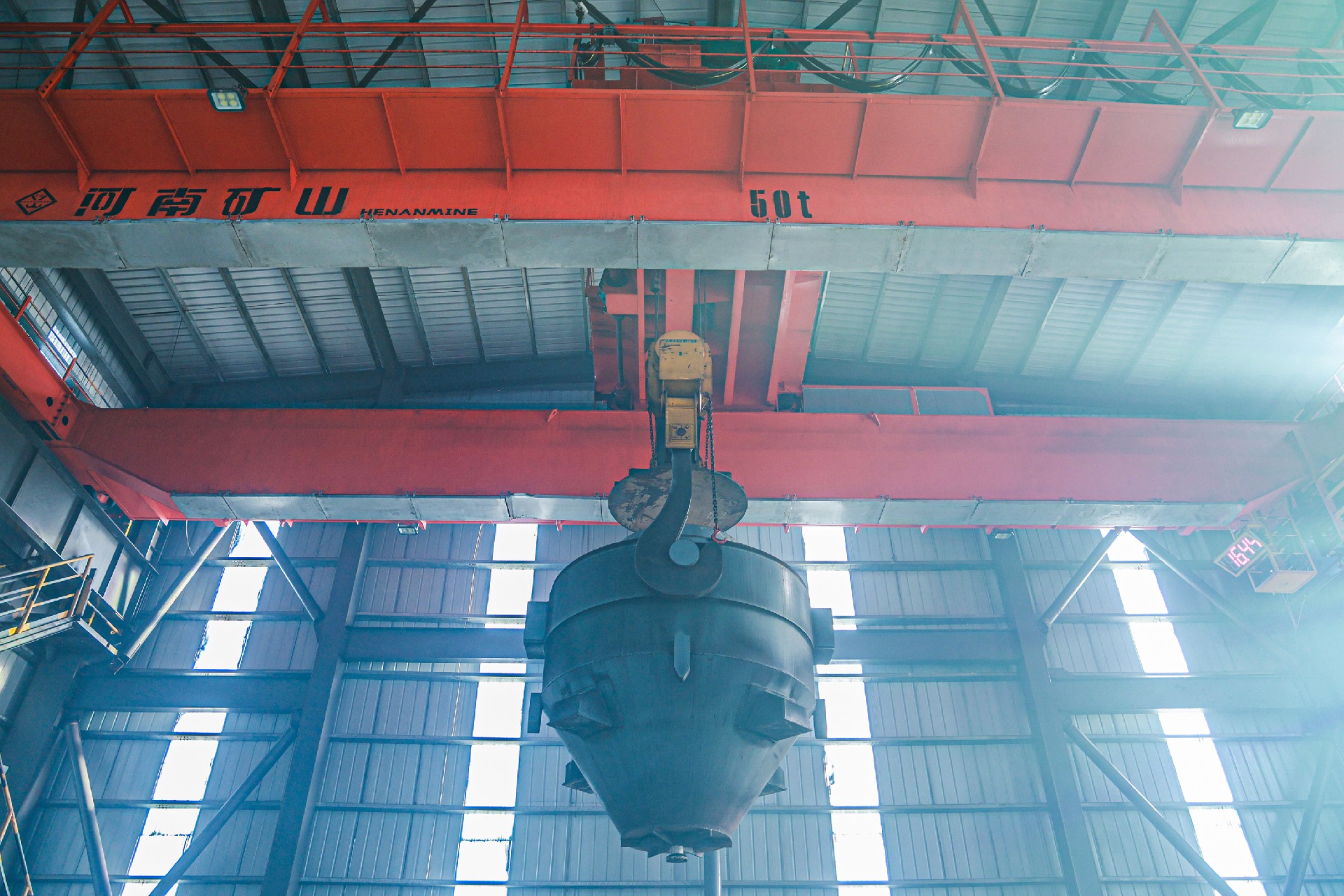
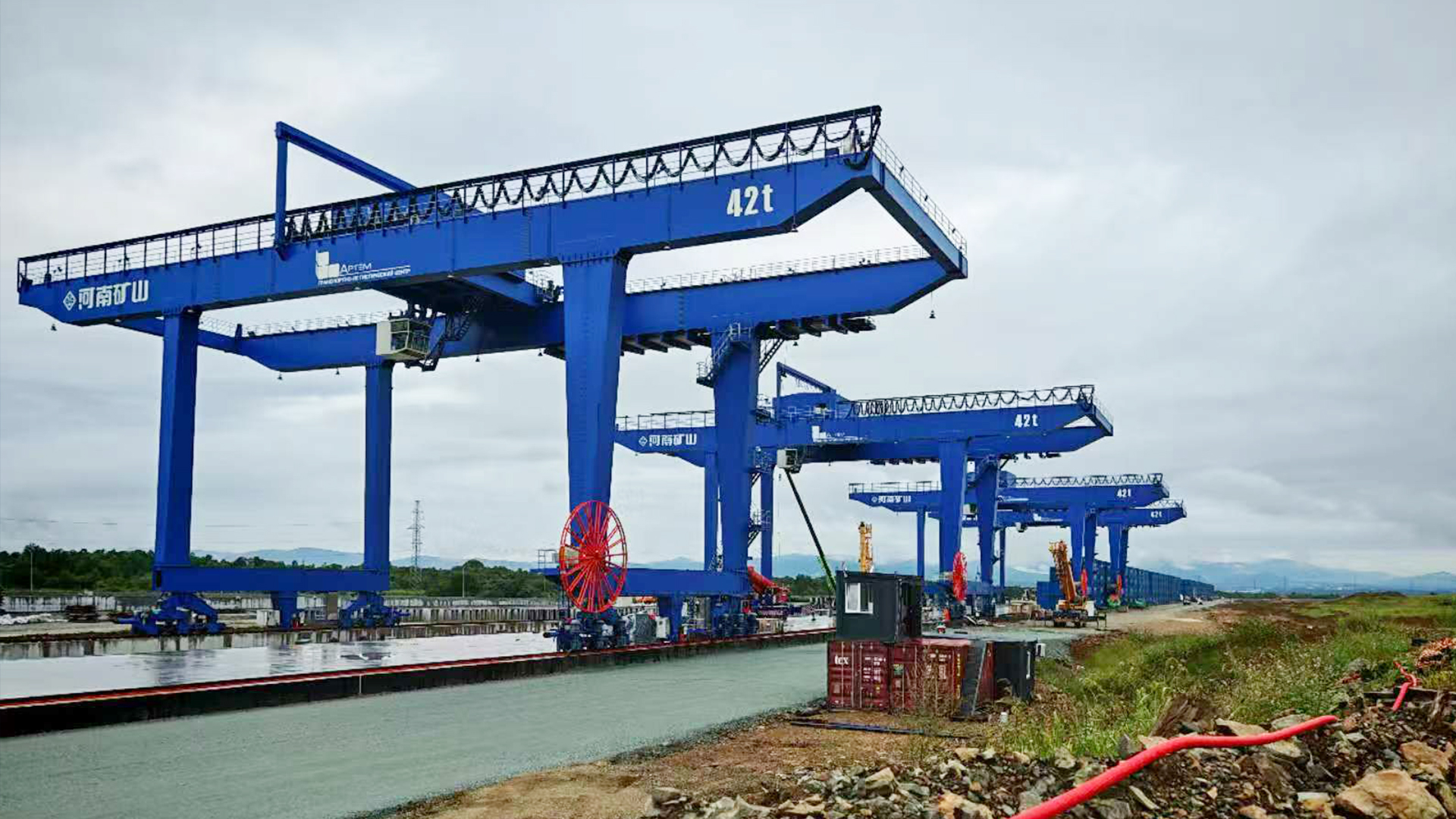
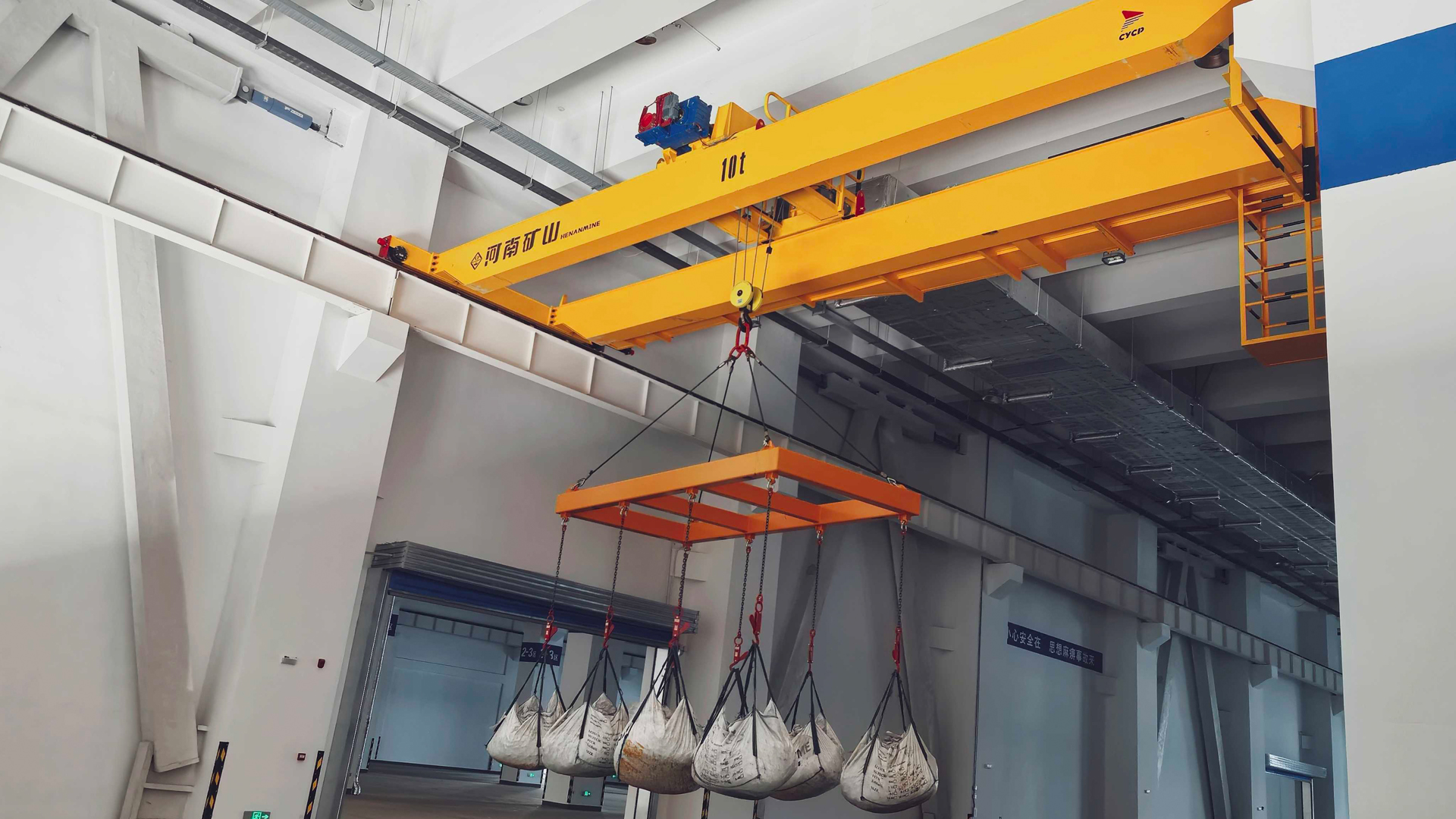

Key Features:
- Bridge structure hanging overhead, so no need for floor space;
It's got a pretty good lifting height, which makes it perfect for workshops with plenty of space.
- Lifting coverage covering the whole workshop area;
- High precision, perfect for lifting and positioning tasks that need to be done often.
Typical Applications:
Machine shops, assembly plants, warehousing and logistics centres, steel structure production lines, electrical equipment assembly areas, etc.
Bridge crane setups can be put into different groups, like single-girder, double-girder, electric hoist bridge types, and so on, depending on the load and how they'll be used. They're really scalable and you can upgrade them with automation.
So, what even is a gantry crane?
A gantry crane, also called a portal crane, is different from a bridge crane mainly because it has legs that are on the ground.
The main beam is supported by legs on ground-level rails, forming a 'gantry' structure. This means you can use it in open-air sites without needing support from factory roofs or walls.
Key Features:
It's strong and sturdy, so it can handle wind and big distances outside.
The ground-level track installation makes it really easy to set up.
You won't have to worry about building restrictions, so you can get creative with the layout.
It can lift heavy loads and is great for hoisting large components.
Typical Applications:
Shipyards, steelworks, stone yards, port container terminals, precast concrete plants, large equipment assembly bases, etc.
Gantry cranes can be set up as full-gantry, semi-gantry, single-girder, or double-girder structures. We can also create custom designs that include wind resistance, weatherproofing, or protection against corrosion, so you can be sure it'll fit in with whatever environment you're using it in.
What's the main difference between bridge and gantry cranes?
Structure and use
Bridge and gantry cranes are quite different in terms of structure and use. Firstly, bridge cranes mostly rely on rails installed above the factory ceiling. The crane trolley is suspended from the bridge girder, travelling along tracks within the building. This structure doesn't take up any floor space and is perfect for indoor environments where you need efficient hoisting, bigger lifting heights, and high precision. The bridge girder is suspended from the ceiling, so it can cover the whole lifting range of the factory.
Gantry cranes have legs that support a main beam connected to rails at ground level, forming a distinctive 'gate' configuration. This design is perfect for open-air environments without factory buildings. You can take it apart and put it back together again on different sites, so it's really versatile. Gantry cranes are different from bridge cranes because they don't need to be installed in a factory, so you can use them outside.
Things you'll need for installation:
Bridge cranes need buildings that can take the weight of the hoisting rails and supporting beams. But gantry cranes only need ground rails, so they're easier to install and work well in big, open spaces without roofs.
Where to use them
Bridge cranes are mostly used indoors. They are great for lifting things really high and really precisely, so are perfect for places like processing workshops, warehouses and assembly plants. Gantry cranes, on the other hand, are mostly used outside or in places where there's a bit of a gap between being fully open and fully closed. They're great for places like ports, shipyards, steelworks and metallurgical plants, where you need to move heavy materials around.
Space requirements
Bridge cranes take up hardly any floor space, which makes it easier to move things around in workshops. But gantry cranes need a bit more space because of the space their outriggers take up.
Mobility Bridge cranes are usually put in fixed positions, which makes them great for long-term, stationary production line operations. On the other hand, gantry cranes are great for getting around, so you can take them down and move them to different places, which makes them perfect for temporary or moving around a lot.
Maintenance and Cost Considerations
Bridge cranes cost more to build, but they're reliable and easy to maintain. Gantry cranes, because of how they're built, cost a bit more to maintain, especially if they're used outdoors for a long time. This means you have to think about things like wind resistance, weatherproofing, and protecting against corrosion.
How to Install Bridge and Gantry Cranes and Compare Costs
How to Install Overhead Travelling Cranes
Overhead travelling cranes usually need rails and support beams to be installed along both sides of the factory building. So, there are specific requirements for how strong and long the building needs to be. Because the original building design didn't include crane tracks, we have to install extra steel support structures, which increases the initial investment costs.
But once they're up, overhead travelling cranes are stable and easy to maintain, which leads to lower long-term costs.
How to get your gantry crane up and running
Gantry crane tracks are installed at ground level, so foundation works are relatively straightforward. You can also put them up quickly on flat surfaces that can take the weight. They're easy to install, dismantle and move around, so you can use them in different places.
But if you're thinking of using it outdoors for a long time, you'll need to protect it from wind, rain and corrosion, which will cost a bit more to maintain.
Cost Comparison Summary
Factory structures that already exist can support overhead cranes, which are better value in the long run.
Gantry cranes are great for temporary projects, open-air sites, or facilities that can't take a lot of weight. They're a pretty cost-effective option.
Here are some examples of how to use bridge and gantry cranes, as well as some tips on how to choose the right one.
Scenarios that are suitable for overhead cranes
- High internal clearance and sturdy factory buildings.
- Lots of lifting operations that need precise positioning;
We need to make sure there's enough space on the ground and that we can move stuff around easily.
- Long-term fixed production line operations.
✅Recommended Industries: We've got all sorts here, like machinery processing, making cars, putting motors together, warehousing and logistics, and making steel structures.
Here are some things to think about when choosing gantry cranes.
- Environments that are outdoors or semi-open
There aren't any factory support structures in place at the moment.
- Lifting of large, heavy items
- Things like temporary construction or mobile lifting needs.
✅ Recommended industries: Port terminals, shipbuilding, precast concrete, steel metallurgy, equipment assembly bases.
How to Pick the Right Gantry Crane and Overhead Crane
When choosing between an overhead crane and a gantry crane, businesses should think about the following important points to make the best decision:
Site Structural Conditions
First things first: check the factory structure or working environment. If the buildings around it can support it, a bridge crane is usually the best choice. It doesn't take up any floor space, so you can make the most of the overhead area and make the workshop more efficient. But if there aren't any buildings there yet, or if they can't handle a lot of weight, a gantry crane can be a better option. It doesn't need any support structures, so you can put it pretty much anywhere.
Things to think about when using cranes
Businesses need to think about how often cranes are used, how heavy and big the things they lift, and how much they weigh. If you need to lift things really high and often, overhead travelling cranes are the best option. You can control the trolley's position to an exact degree, making it great for automated production lines or lifting tasks that need a lot of accuracy. On the other hand, gantry cranes are better for handling large materials or operations that need more space and bigger lifting spans. They're great for outdoor heavy-duty applications because they're strong and easy to move around.
Budget and Lifecycle Costs
It's important for businesses to think about the initial investment and long-term maintenance costs. While overhead cranes cost more to start with when you're using existing factory structures, their stable design and ease of maintenance means they end up costing less over time. Gantry cranes can be a better bet for projects where you need to move stuff around, don't have a fixed place to work, or where it's really important to be able to take the lifting equipment apart and put it back together again.


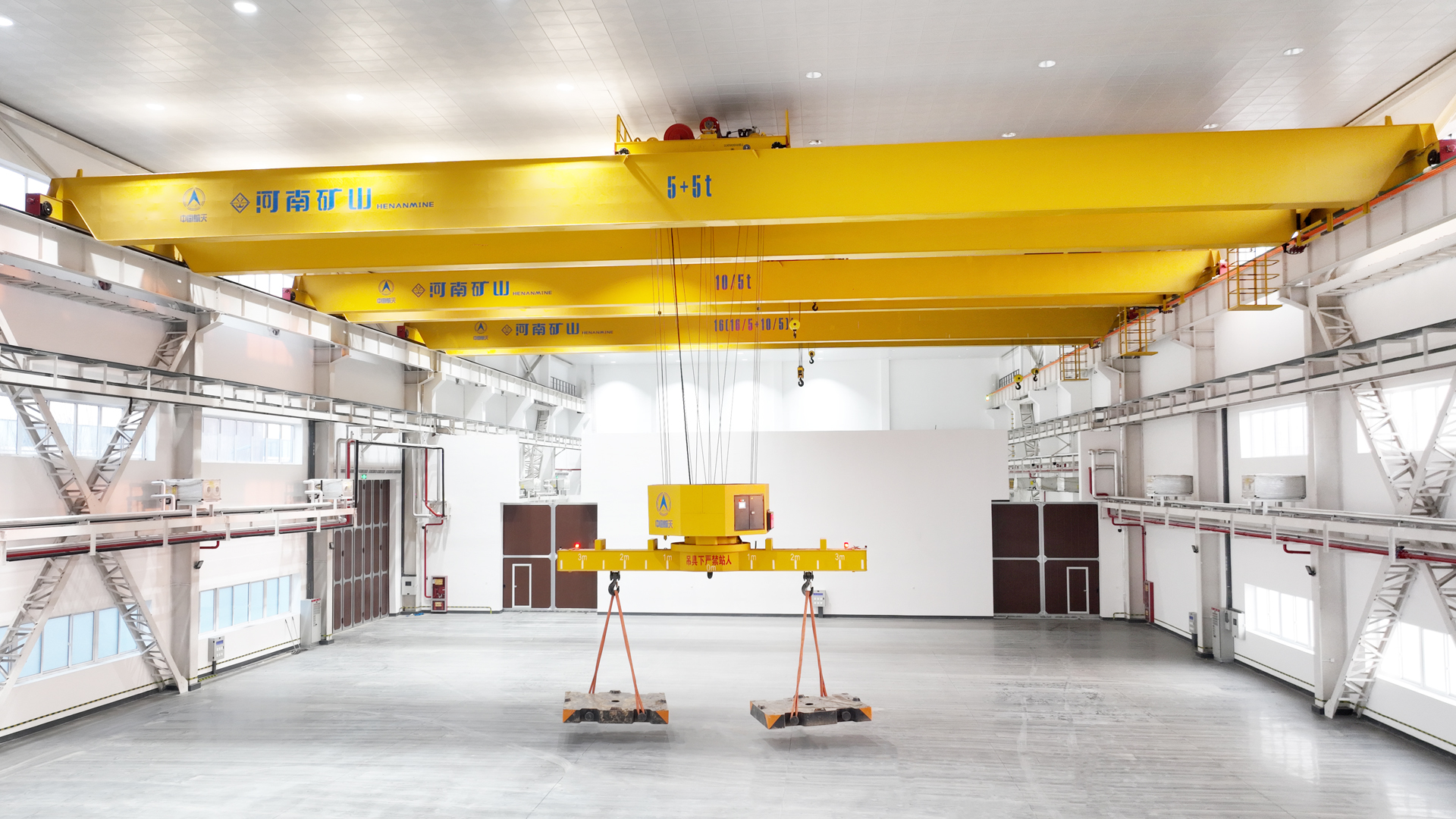
How to install it and what you need to make it work
If you need to lift things in more than one place or if it's not practical to install it permanently, gantry cranes are a great option because they're so flexible. You can take them apart, move them around, and put them back together however you need to, which makes them perfect for temporary construction sites, storage yards, and other environments where you need to be flexible. Bridge cranes, once they're installed, tend to stay put, making them perfect for long-term, stable production line operations.
So, to sum things up: gantry cranes and bridge cranes each have their own pros and cons, and the best one to choose depends on the specific needs of the job. Bridge cranes are better for handling heavy materials in industrial buildings, while gantry cranes are better for big outdoor jobs. Knowing the differences between them will help you make a more informed choice.

